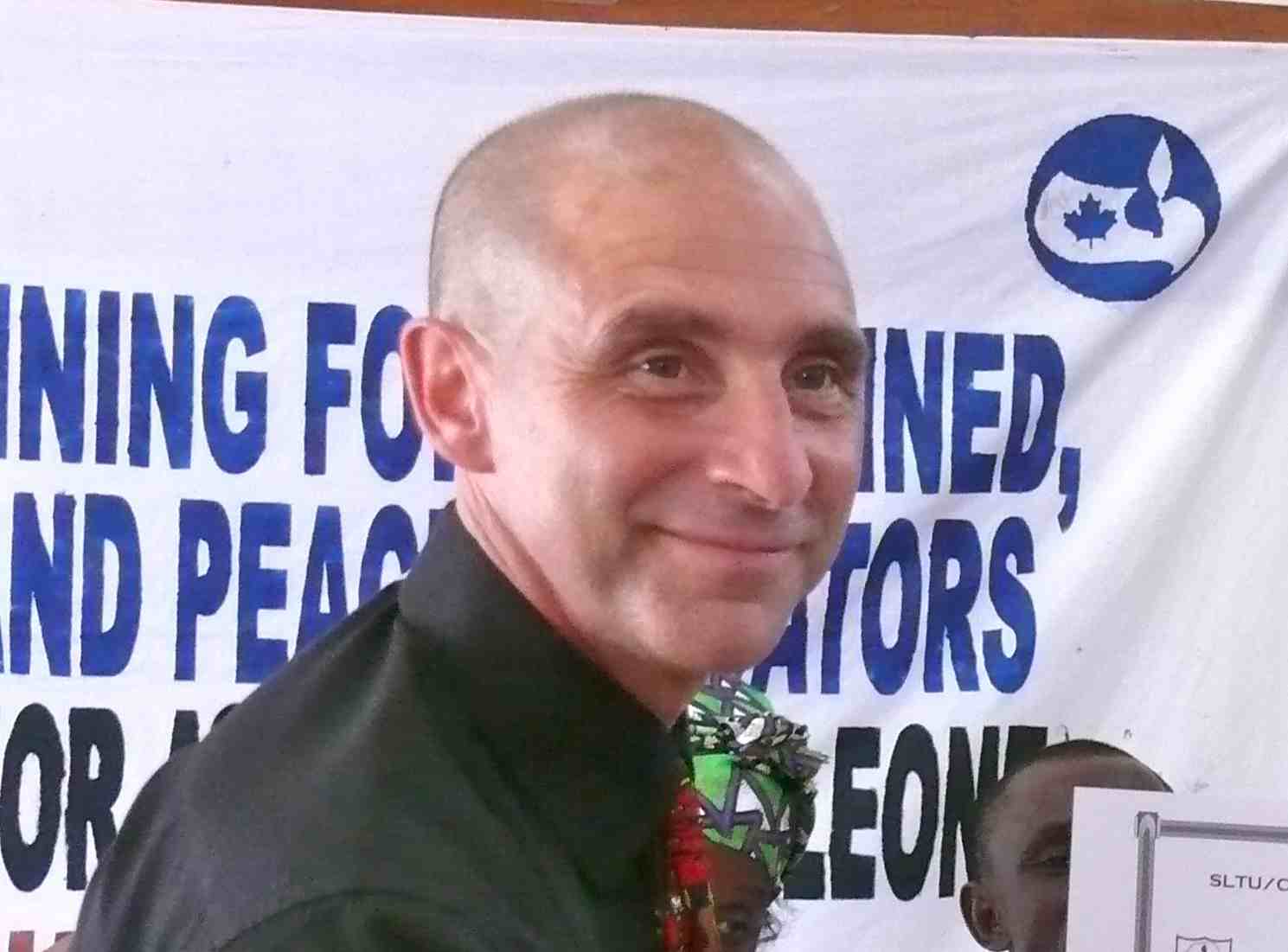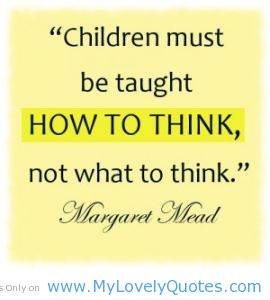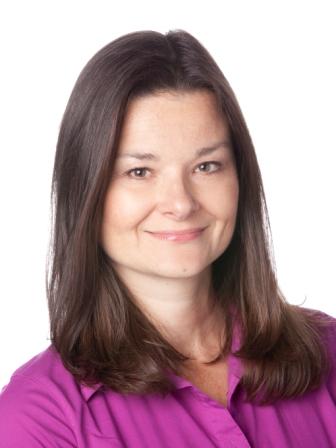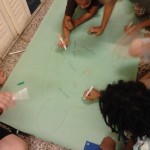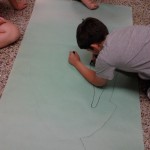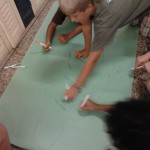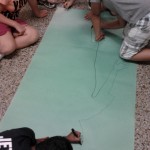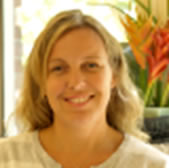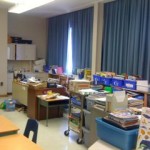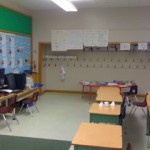Hi everyone! My name is Tammy Gallant and I am a music teacher for students in grade 1, 2 and 5 in the Peel District School Board. This is my fourth year as a music teacher and I hope to be able to assist those new to the planning time role in schools across Ontario. My school is a suburban school about 30 minutes outside of Toronto with a very high ELL population. In addition to music, I also have planning time coverage in the full day kindergarten and contained Autism Spectrum Disorder classes. I hope you enjoy my posts.
As mentioned above, I am very lucky to be doing coverage with the students in the contained Autism Spectrum Disorder class. A colleague of mine was also given the ASD class on a different day. So, the two of us decided to meet before the first day to discuss possible ideas for our 40 minute classes with them. The conversation went something like this:
“Tammy, what do you think we should do with these students during our first period with them?”
“Maybe we could try to do some songs or games, but I really don’t know these students as many of them are new to the school.”
“Which do you think would be better, a game or a song?”
“Well, possibly some songs. In the past, I have had great success with some action songs but I don’t really know this group of students that well. They may not like them.”
“What do you think about some kind of craft or art activity?”
“I haven’t done a lot of art activities in the past with the ASD class as they haven’t really enjoyed it. But, these new students might really like them.”
The conversation went back and forth like this for about five minutes until we both realized that we could plan all day long but it didn’t matter until we actually met and interacted with the students. We decided that our best course of action for the first four or five periods that we had this class was to try a variety of activities including: songs, bean bag games, puppetry, books, short videos, art activities, instrument building, costume play, French language exposure, etc… We also tried different structures within the class such as teacher-directed, small group, circle time, student-led, and exploration time.
We decided that we both would take some observational notes and meet after the first two weeks to discuss some longer term planning for this class. The aim will be to make it as enjoyable as possible for these students while supporting them to meet their own unique goals. I will keep you updated on our evolving program.
Overheard in an Ontario Classroom…
One kindergarten class was asked what kinds of things they could make up songs about. After answers like butterflies and school, one old soul in the front row raised his hand and told us that he would like to make up songs about being brokenhearted. One can only assume that his family are avid country music listeners.

